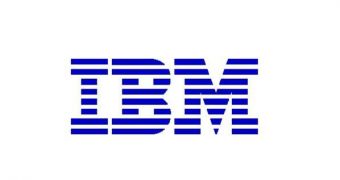IBM announced that the company is on its way to launch an expanded series of data centers featuring a modular design which would enable them to get their energy consumption down to 50% in comparison to existing data centers.
The move goes in line with the Project Big Green the company launched last year following the idea that back-end computing could be made less energy intensive. 2 percent of the energy consumption around the globe goes to data centers today, but specialists are confident that there is a lot of room for improvements.
An example in the area is the virtualization software able to perform multiple computer jobs only on few machines, which represents a significant energy cut. According to Steve Sams, vice president of global site and facilities at IBM, last year brought the company a 50 percent reduction in energy consumption as part of 2,000 consulting engagements.
While performing custom data center construction jobs, IBM discovered that even greater efficiency and benefits can be brought by standardized designs.
The company designed last year a modular data center which can be used with relatively small installations. The new Enterprise Modular Data Center is sized somewhere between 5,000 and 20,000 square feet. The modular data centers will be used for new constructions. According to IBM, companies should acquire relatively large physical spaces up-front and then install the technology they need, said Sams.
"When you put the base infrastructure for wiring and plumbing, you in essence can defer up to 40 percent of the capital costs," he said, because only 10 percent of the capital costs is represented by the physical infrastructure.
IBM said that it would offer for sale technology infrastructure by a standard building block size of 5,000 square feet, which will help the company expand. It also developed a data center packed inside a portable container. There is also a "high-density zone" offering which allows the packing of a stand-alone computing rack within an already built data center.
Gordon Haff, an Illuminata analyst and CNET Networks blogger, said that there is also another perspective on those claims of efficiency gains. The new servers deliver a higher level of performance per watt, so improvements can be made by replacing old hardware.
"I don't buy many of these 'X percent more efficient' claims. They're just 'X percent better performance' claims in new garb," Haff said. "There's very rapid server growth in some places: high-performance computing, analytics, Web 2.0, and so forth. You need to pay attention to deployment at scale and you need to do what you can to minimize power and cooling needs," he added.
IBM says that going for standardized data centers helps reducing costs as well, and the company is known for its preferences for industry standards. "We found that basic data center design and construction over last 20 years hasn't changed," Sams stated. "In essence, we're rewriting the book in how design and construct data centers around the world."

 14 DAY TRIAL //
14 DAY TRIAL //